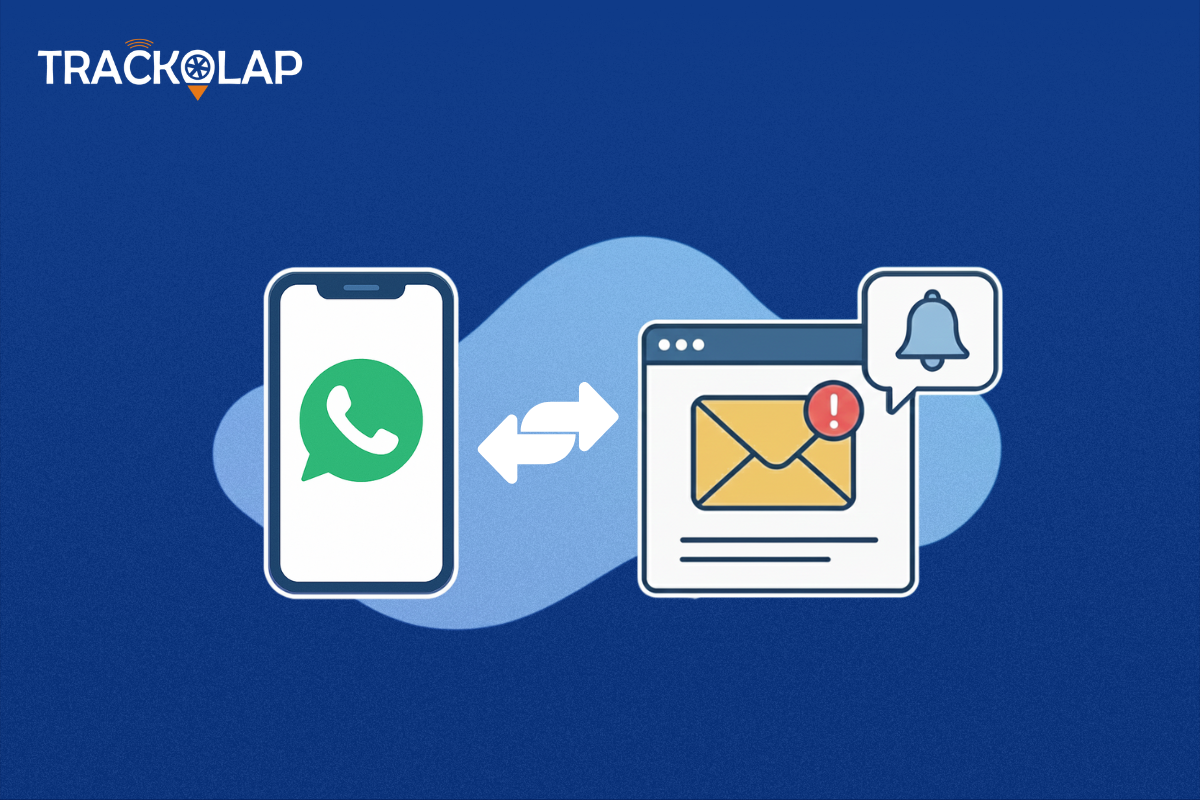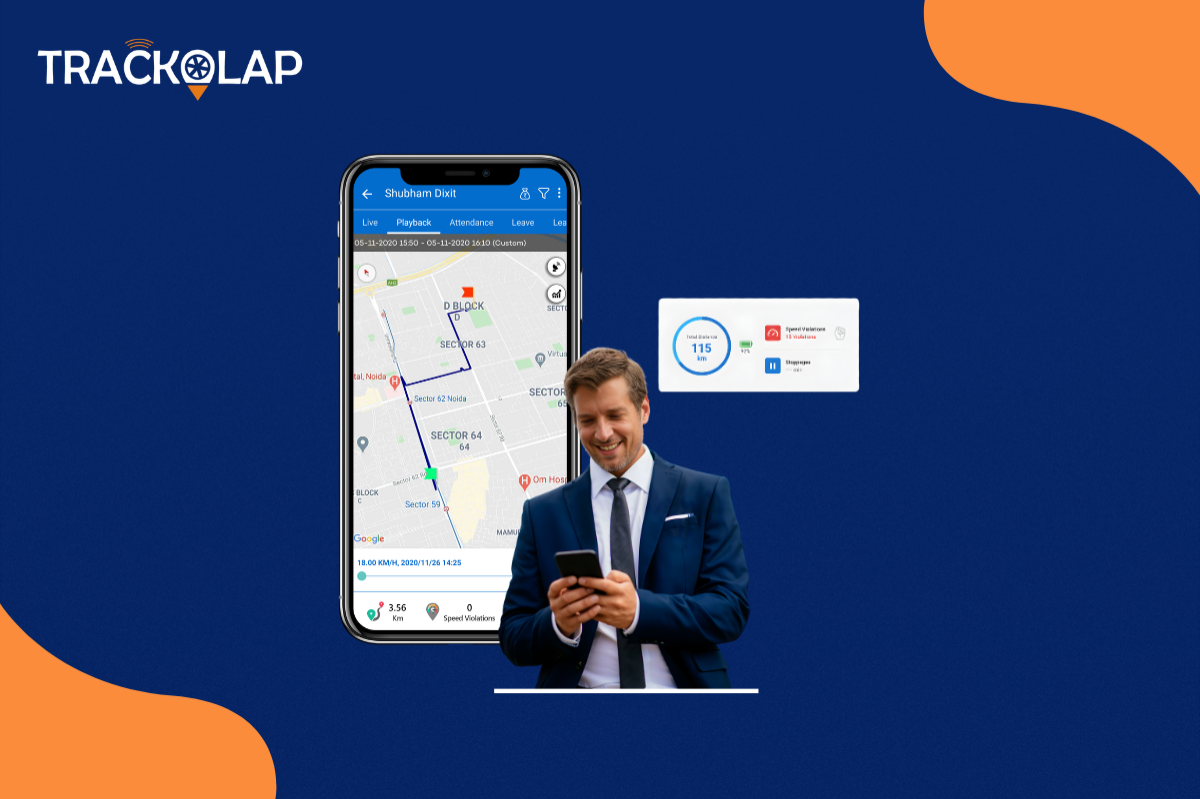
How Can Field Teams Achieve Sales Targets with Opportunity Management Software?
Achieving desired sales targets in 2025 isn’t just about working harder but working smart. By leveraging a central opportunity management software , field sales teams can quickly track leads, focus on high-value prospects and manage the entire sales pipeline with real-time insightful data. Instead of switching between multiple spreadsheets or missing follow-ups, field teams can easily access central dashboards to optimize efforts and ensure closing deals promptly.
Imagine having access to customer interactions, deal progress and insights to take better actions - all under one roof! An opportunity automation software enables field teams to make data-driven decisions, ensuring that they concentrate on the right sales leads at the right moment. Automating tedious tasks and providing AI suggestions helps team members ensure maximum efficiency, enhance customer connections, and attain ultimate sales goals with precision.
Top Challenges Faced by Field Sales Teams
As field sales teams navigate the competitive environment to close deals, they encounter significant challenges that hinder overall operational efficiency. From managing unpredictable customer responses and achieving high sales targets to bridging communication gaps, field teams struggle with streamlining sales pipelines or closing deals. This is why businesses must adopt advanced field sales tracker to stay ahead of the competition.
Additionally, tracking field sales activities in real-time, staying informed regarding product/service updates and balancing multiple sales priorities can add to the complexity of sales workflow. An opportunity automation software can help address these challenges with the right strategies and achieve desired sales objectives.
1. Lack of Instant Customer Insights
Field sales teams struggle with incomplete customer details, which leads to missing essential sales opportunities. Without accessibility to real-time data, field team members may approach perspectives without understanding their needs, previous interaction or overall buying behaviour. Lack of visibility can lead to ineffective pitches and low conversion rates, complicating achieving sales targets.
On the other hand, an opportunity management app focuses on bridging the gap by offering instant access to customer information, engagement history, purchase patterns, and more parameters. With real-time insightful data, field employees can personalize their approach, anticipate customers' requirements, and make the right decisions to efficiently improve their chances of closing sales deals.
2. Inefficient Approach to Monitoring Leads
Manual lead monitoring becomes daunting when handling multiple views across locations. Prospective customers can get away without a well-planned follow-up process, and you will end up losing valuable sales opportunities. Besides, sales representatives fail to cope with sales calls, emails and meetings, and this can lead to irregular follow-up with prospects.
An opportunity automation software maximizes lead tracking by automating follow-ups, reminding oneself in advance and segmenting potential customers by their level of engagement. This way, no lead is ever lost, and field team members can build relationships and close more deals. And automated notifications enable teams to remain proactive, improving response times with prospects and customer experience throughout the sales pipeline.
3. Difficulty in Prioritizing High-Value Sales Opportunities
Not all leads are valuable, but lacking an advanced system may waste your time focusing on low-potential prospects. Identifying high-value opportunities often demands assessing varied aspects like deal size, conversion likelihood, and customer intent. When the field sales teams lack these insights, they may prioritise the wrong sales opportunities, ultimately affecting sales performance.
TrackOlap’s sales opportunity management system allows field employees to utilize AI-based lead scoring and predictive analytics features to focus on promising deals. This platform automatically scores leads based on the history of the prospect's engagement and purchase behaviours, enabling field teams to prioritize effort and time. Prioritizing high-value selling opportunities, teams can maximize sales strategy and drive long-term revenue.
4. Lack Of Instant Communication and Collaboration
Field teams work independently; hence, effective communication with internal teams via traditional methods can be a huge challenge. Without smooth collaborations, you will miss critical deal updates, customer preferences, price changes, potential buying behaviour, and more. Failure to coordinate can lead to lost sales opportunities and mixed messaging.
A field sales tracker offers communication functionality to facilitate real-time collaboration among field staff and managers. Sales representatives can inform regarding deal status, exchange ideas and collaborate with managers easily. By increasing the flow of information, this system enhances collaboration, facilitates smooth alignment between departments and helps close deals efficiently.
How to Unlock Sales Targets Through Opportunity Management Software?
Achieving sales targets demands that organizations adopt a strategic framework and that opportunity management software be a key driver for optimizing the sales pipeline. The software provides the team with data and insights to identify opportunities, properly prioritize them, and pursue them at scale through automated sales activity tracking and data-driven forecasting.
For faster closure of deals, more straightforward collaboration unleashes transparency that drives resource allocation and revenue.
1. Identify Your Sales Opportunities
It is essential to recognize sales opportunities for boosting revenue and achieving sales targets; an opportunity management app makes it easy for field team members. With AI-powered insights, analyses of historical data, and lead scoring, an organization can quickly pin down high-potential prospects and rank high-converting opportunities. This is how the field sales team spends efforts effectively while minimizing time wastage on low-value leads.
With real-time opportunity tracking and a unified view of the sales pipeline, the sales team can monitor customer interactions, identify key buying patterns and make data-driven decisions at the right moment. It improves collaboration and ensures sales reps, decision-makers and marketing teams collaborate to develop the right leads and close sales deals promptly.
2. Access Complete Visibility to Sales Pipeline
Field managers and employees can easily track deal progress at each stage by accessing a real-time sales pipeline. This visibility will enable team members to identify significant bottlenecks, monitor overall sales performance and adjust strategies per your predefined sales targets.
Additionally, interactive dashboards and data-driven reports offer actionable insights that help businesses drive better revenue, allocate resources effectively and streamline sales strategies to ensure everyone stays aligned as per the pre-defined objectives.
3. Standardize Lead Prioritization
An opportunity automation software strives to centralize lead details and simplifies tracking potential sales deals. By categorizing leads based on their level of engagement or interaction, buying intent and needs, field sales teams can easily prioritize high-value perspectives rather than just wasting time on cold leads hoping to convert soon.
Additionally, automated lead scoring and advanced analytics can help you identify promising sales opportunities and ensure field employees invest efforts where it truly matters. This approach will lead to a strategic sales approach and achieving high conversion rate or unlocking maximized sales targets.
4. Automate Follow-ups & Reminders with Prospects
A pre-scheduled follow-up can make a massive difference between closing a deal or losing an opportunity to your competitors. An opportunity management app enables the team to automate follow-ups and set reminders to ensure no lead gets slipped away.
In addition, it offers insights into customer responses, which enables teams to adjust sales approaches in real-time. By maintaining engagement with prospective customers, you can nurture your leads and move them ahead via the sales funnel promptly.
5. Qualify Leads Effectively
Qualifying leads is an essential aspect of identifying opportunities and achieving sales targets. It offers better visibility into opportunities and assists field employees to be efficient with their time. Moreover, you can qualify leads based on budget, timeline, pain points and more. When qualifying leads, field sales teams can ask the right questions to enhance your chance of closing more deals.
Additionally, well-qualified leads save the field team time and effort. Since the team only prioritizes leads with a better chance of converting into purchasing customers, your sales efforts will likely drive better outcomes and improve sales performance.
6. Forecast Sales Opportunities
An opportunity management software provides customizable real-time data reports and predictive analytics, which enables businesses to anticipate revenue trends and adjust strategies for future sales cycles. Accurate forecasting enables field employees to set realistic sales targets and allocate resources efficiently.
By clearly viewing potential sales opportunities, managers can plan better, minimize risks and maximize profitability with insightful data. This approach helps field team members to identify possible challenges at the early stage, address them effectively and drive better success.
7. Track Deal Progress in Real-Time
With centralized software, you can track sales performance quickly. Focus on monitoring progress on deals as standard progress within your team to ensure everyone remains on the same page and achieves sales targets effectively.
Finally, track key performance indicators (KPIs) like revenue-generating capacity, customer acquisition cost, conversion ratios, and so on. These measures will allow one to identify areas of opportunity should they be aligned with revenue goals, allowing the aligned areas to drive performance against teams and or benchmarks compared against their competitors.
Conclusion
Opportunity management software helps the field sales team stay organised, prioritise leads, and track deal progress in real time. Field employees can quickly prioritise high-promising deals by centralizing customer details, automating follow-ups, and offering insights via analytics. This proactive approach reduces missed opportunities and enhances workflow efficiency.
With better visibility into the sales pipeline, field teams can forecast opportunities accurately and make informed decisions with precision. This software enables teams to stay proactive, enhance customer relationships, and effectively achieve sales targets. Connect with our team to achieve maximum sales targets with our opportunity management solution!






























 Back to Blogs
Back to Blogs










 D-5 Sector-59, Noida, Uttar Pradesh (India)
D-5 Sector-59, Noida, Uttar Pradesh (India) contactus@trackolap.com
contactus@trackolap.com 7011494501
7011494501










